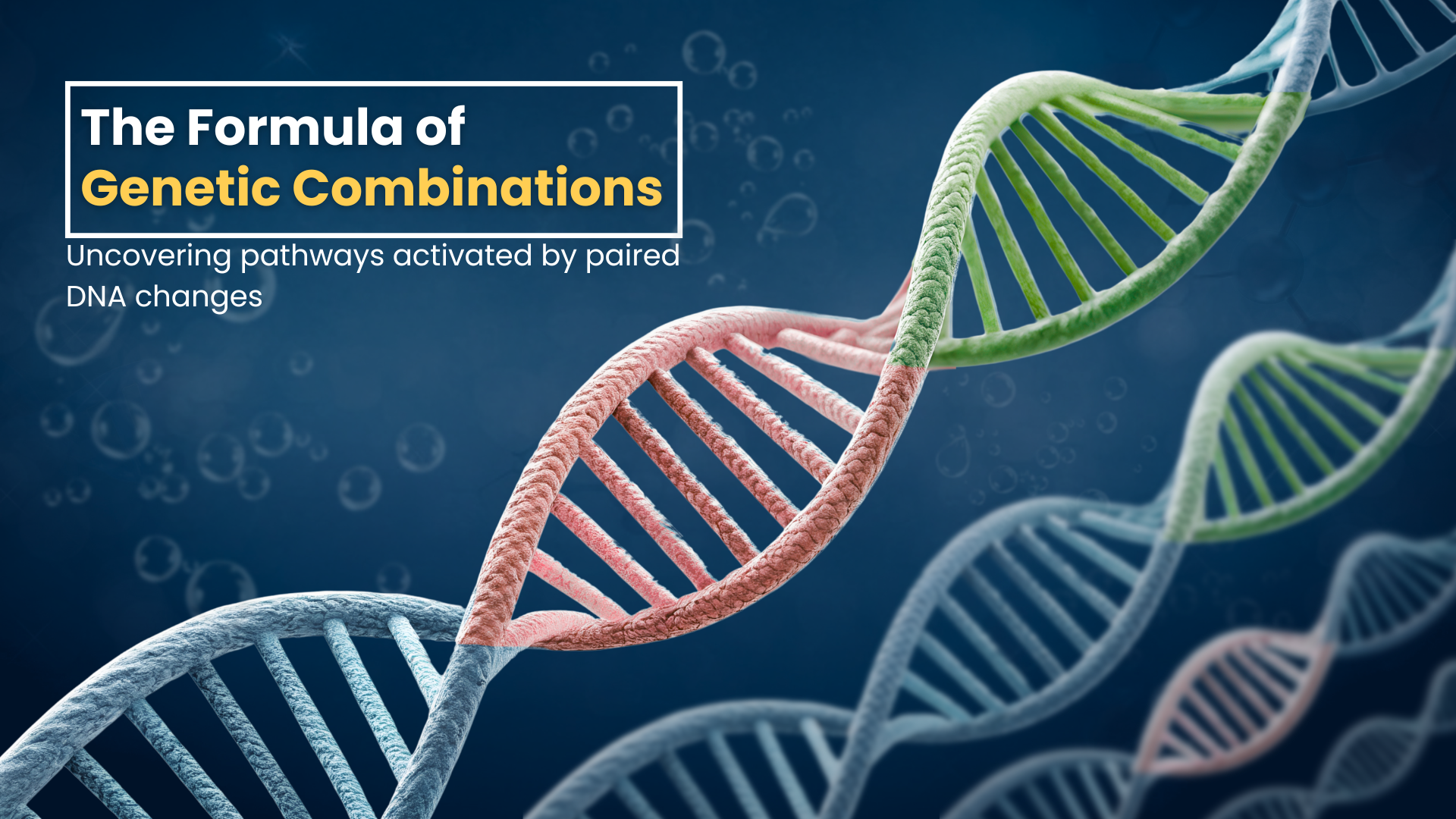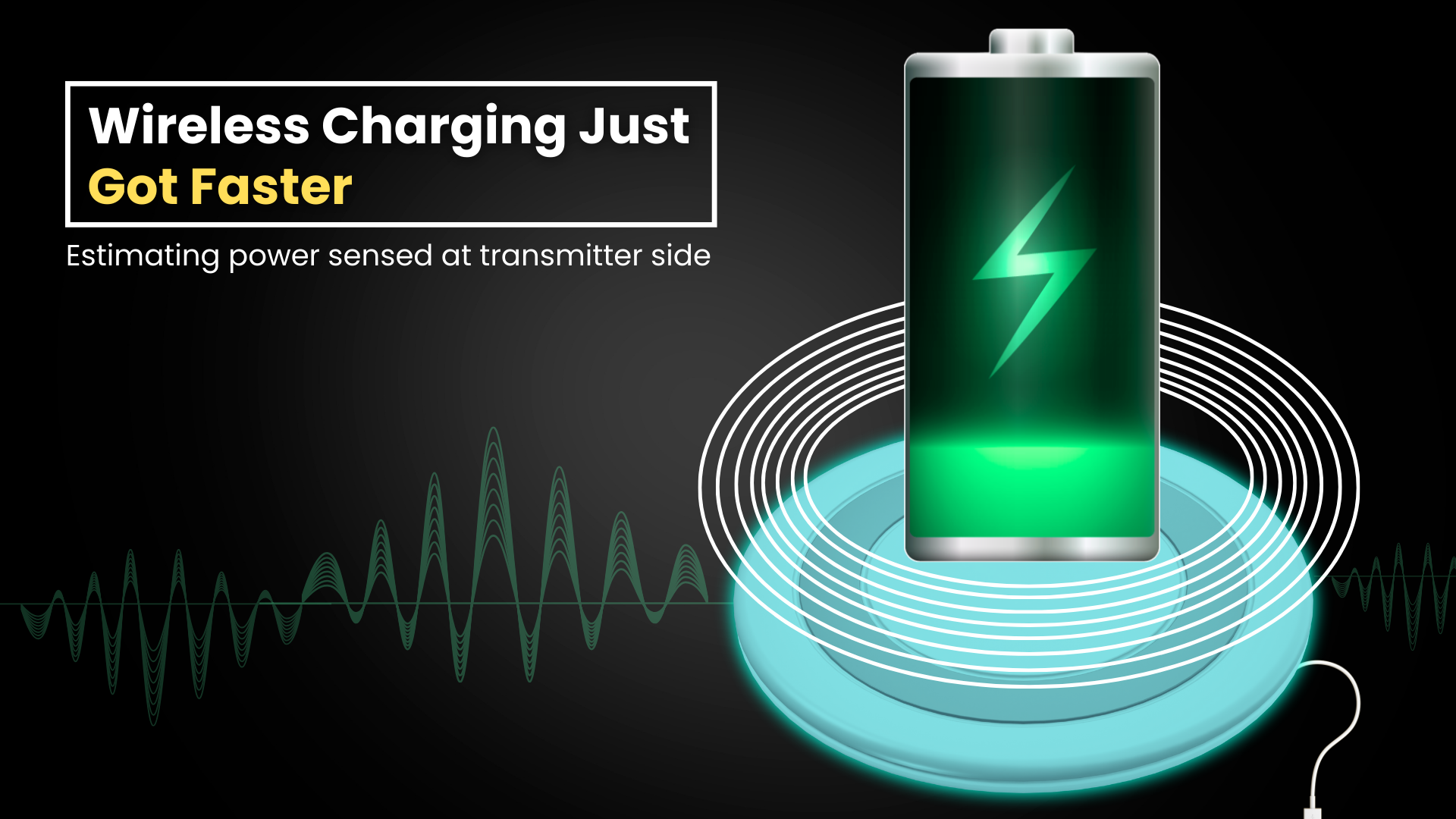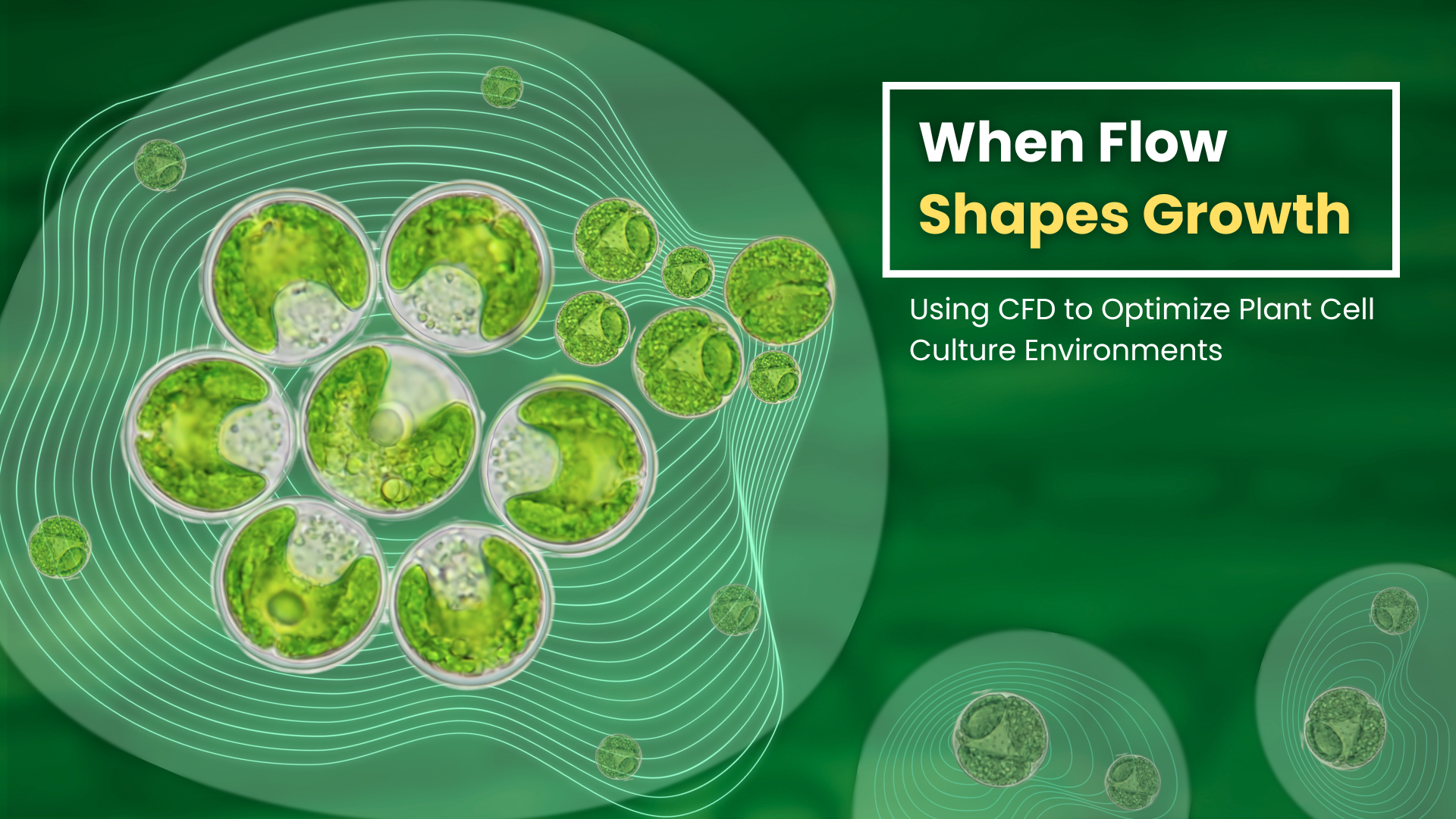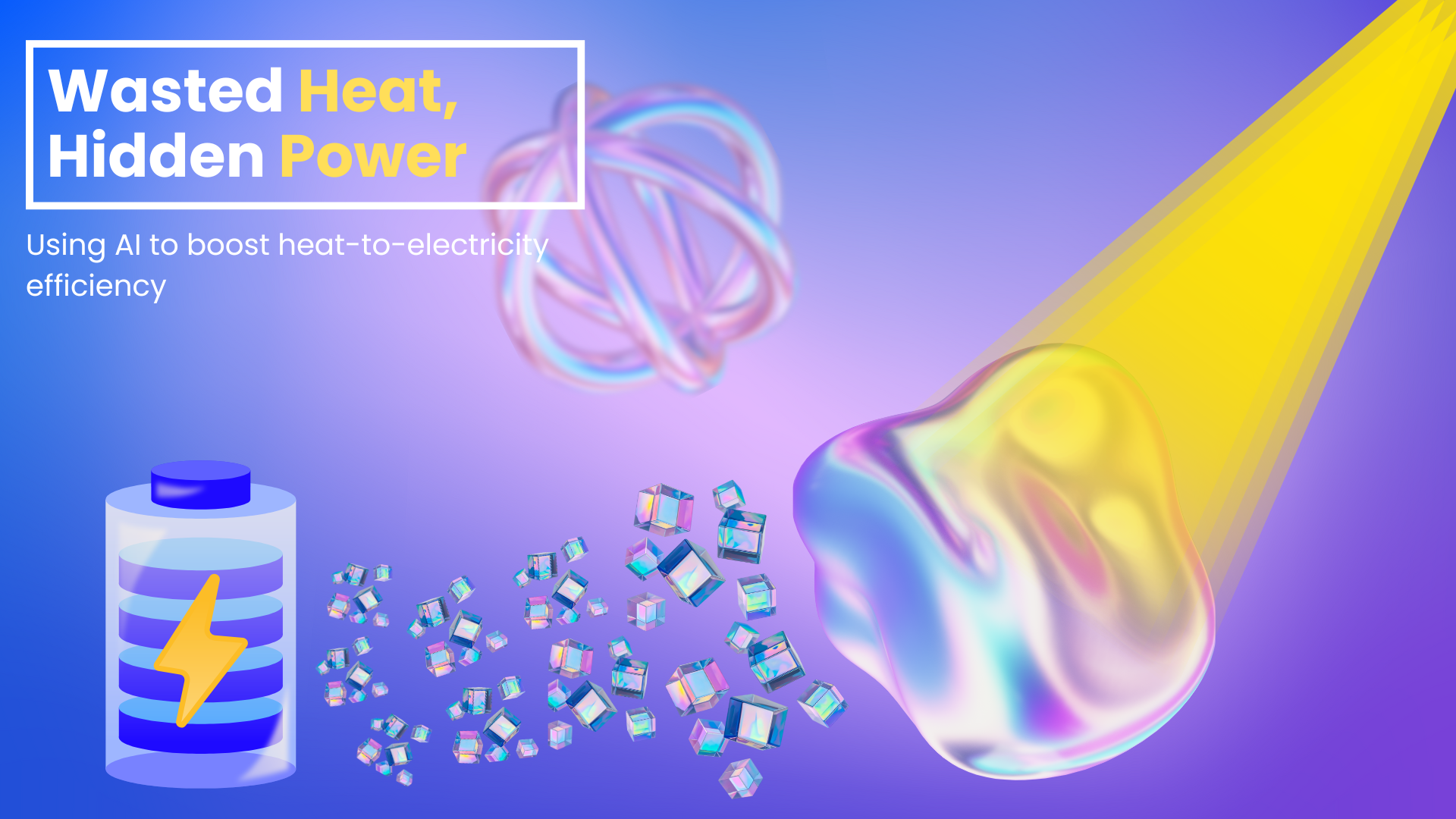
The treatment of wastewater is a serious and important issue. Domestic wastewater, like black or grey water, can cause diseases like cholera and hepatitis in humans.
With rapid industrialization comes the problem of industrial wastewater, which may contain heavy metals, pollutants that are carcinogenic and pose serious health threats.
Both types of wastewaters disrupt the food chain, as smaller organisms such as fish consume wastewater, which in turn makes them sick, and also makes other bigger organisms that eat the fish sick as well.
So, what if I told you that the solution to effective wastewater treatment lies in water itself? It seems too simple, too good to be true, but it is possible.
Water can be split into two separate radicals (a radical is an atom, ion, or molecule that has at least one unpaired valence electron), hydrogen radicals and hydroxyl radicals. Hydroxyl radicals can degrade a wide range of pollutants. It is also environment-friendly and cost-effective. Hence, the use of hydroxyl radicals to treat wastewater is attracting a lot of attention from researchers.
Hydrodynamic cavitation (HC) is one of the methods by which water can be split into hydrogen and hydroxyl radicals, and the device that helps to do this is called a hydrodynamic cavitation reactor.
Hydrodynamic cavitation is a process where vapour-filled cavities or bubbles are formed when a liquid flows through a region of low pressure, such as, through a nozzle. The bubbles grow and collapse violently when they move into high-pressure regions, causing a release of a significant amount of energy.
A dimensionless number called cavitation number, helps determine the extent of hydrodynamic cavitation.

Usually, the cavity volume is taken into consideration to determine the effectiveness of the hydrodynamic cavitation reactor. But in this study, the authors Mr. Jahidul Haque Chaudhuri and Prof. Dhiman Chatterjee from the Department of Mechanical Engineering, Indian Institute of Technology Madras, Chennai, India, have taken a different approach by considering the local pressure variation, cavitation volume fluctuation, and radical production and their inter-relations.
The authors have come up with a numerical methodology to predict the performance of a HC reactor.
Three main mechanisms need to be considered, and they are – mechanical (intense collapse accompanied by pressure fluctuations), thermal (localised temperature), and chemical effects (generation of hydroxyl radicals).
The major findings in this study are:
- Increasing flow rate or inlet pressure that does not ensure radical production will increase monotonically. Below an optimum value of cavitation number, radical production starts to decrease.
- To calculate the efficiency of a hydrodynamic cavitation reactor in numerical modelling for wastewater applications, cavity collapse, pressure variations, and radical production should be considered.
- One desirable condition is transient (lasting only for a short period of time) cavitation with high downstream recovery pressure.
- This numerical methodology, providing a complete picture of radical production and dispersion, will be very helpful for designing a new cavitation reactor.
Dr. Parag R. Gogate, from the Department of Chemical Engineering, Institute of Chemical Technology, Mumbai, India, acknowledged the importance of the work done by the authors with the following comments: “The article deals with evaluating the performance of hydrodynamic cavitation reactor in terms of hydroxyl radical production and its dependence on the cavitation number and recovered pressure. The work also gives insights into the variation of the hydroxyl radicals with location in the reactor. Detailed numerical model has been presented to link the cavitation effects with the chemical kinetics. The quantification of hydroxyl radicals will be very useful to evaluate the oxidation capabilities of hydrodynamic cavitation reactor for wastewater treatment applications as well as design of the reactor. The outcomes of the work will be useful commercially as clear scale up methodologies are currently not available.”
Prof. Dr. Matevz Dular, from the Faculty of Mechanical Engineering, University of Ljubljana, Ljubljana, Slovenia, confirmed the importance of this work by giving the following analysis: “In the recent years cavitation is being considered as a tool for amplification of chemical reactions and probably even more importantly as a path towards an environmentally friendly water purification. One issue with which the technology is faced is its multiscale nature – effects on a small scale influence the phenomena on a large scale and finally, for example, the outcome of the water treatment process. One approach to investigate the small scale phenomena is through numerical simulations, which are again extremely complex as the flow involves evaporation, condensation, turbulence, supersonic flow, compressibility, shock waves and even dissociation of water into H and OH radicals. In their study, the authors carefully addressed the majority of the effects associated with cavitating flow and used simulation to determine the production of OH radicals. They approached the modeling of radical production and their inter-relations with an alternative method, which, instead of correlating the production with cavitation size, correlates it to the change rate of cavitation size and to local pressure variations – an ingenious idea originating from cavitation erosion prediction models. With this technique the authors were able to determine the optimal cavitation conditions in a relatively simple geometry, and by achieving this, open a path to designing more efficient cavitation reactors by using CFD tools in the future.”
Article by Akshay Anantharaman
Click here for the original link to the paper










